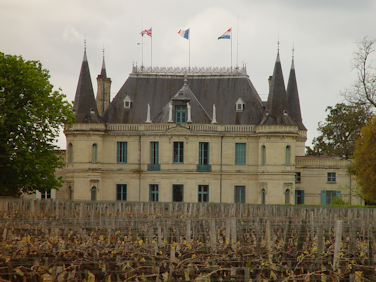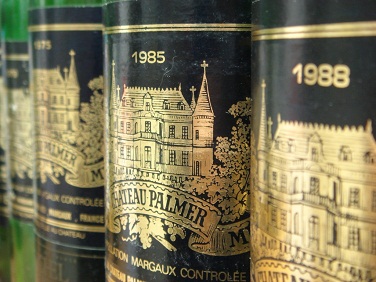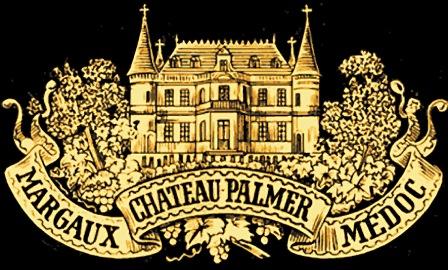Château Palmer
Margaux Troisième cru 1855 What is now Château Palmer was originally part of a larger Château d'Issan but was divided among heirs and came into the ownership of the Gascq family in 1748. The widow of the last of the Gascqs, in 1814, and apparently having met him on a stagecoach, sold the estate to an Englishman, General Charles Palmer, and Château de Gascq became Château Palmer. He extended the estate and built quite a reputation for his wines (especially in London) but financial difficulties forced him to sell up in 1843 and, by the time of the 1855 classification, the reputation of Château Palmer had slipped sufficiently to rate "only" 3rd Growth status - a status it has exceded for most of its subsequent history. The present château was built at the end of the 1850's. In 1938 the Société Civile de Château Palmer was formed to take ownership of the estate, with the Sichel and Mähler-Besse families as leading shareholders, a situation which persists to this day. Château Palmer sits between Margaux and Cantenac, just east of Issan. The 55ha of vines are planted to 47% each of Cabernet Sauvignon and Merlot with the balance being Petit Verdot. The Grand Vin spends 21 months in wood (45% new). The second wine is Alter Ego de Château Palmer. In the best years of General Palmer's reign, the wines of Château Palmer were regarded on a par with those of Château Margaux and, indeed, during the worst years of the 1960's Palmer probably had a better reputation. Today, despite huge improvements by its neighbours, Palmer sits very squarely as the leading Margaux estate that isn't actually Château Margaux.
'Raising the game' can be interpreted at different levels, and in my opinion Château Palmer has now pushed the bar to the highest notch. The terroir and quality have been recognised for some time, Palmer performing well above its third-growth status. But since the arrival of managing director Thomas Duroux from Ornellaia in Italy in 2004, another level of refinement has been obtained. Soil studies, plot-by-plot management biodynamics, and investment in the cellars have all been part of the formula. Basically, not a stone has been left unturned. (One of: Six châteaux raising their game.) Decanter Magazine (May 2015)


